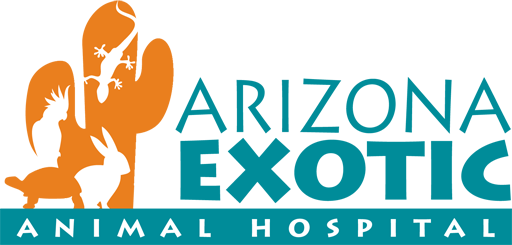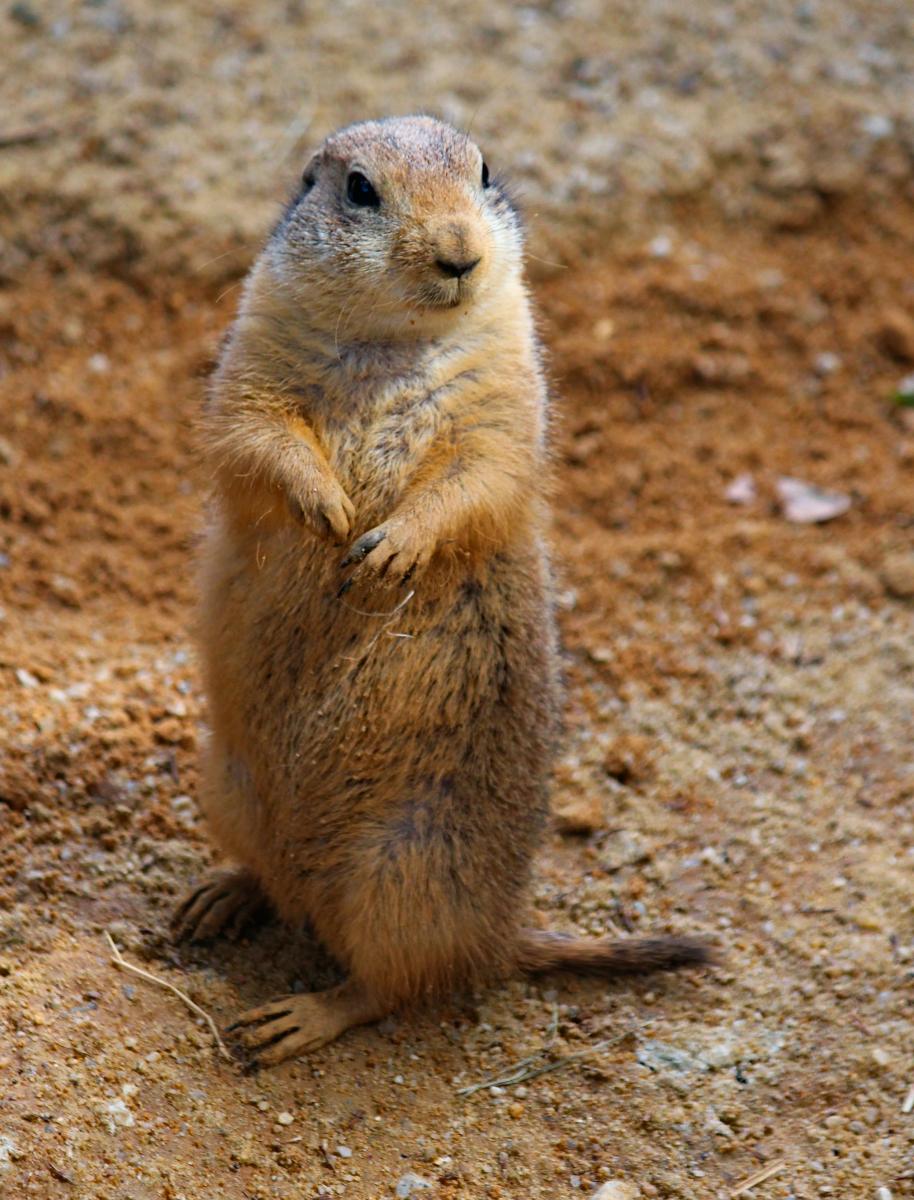Veterinary Laser Therapy
Veterinary laser therapy is an innovative treatment that has gained popularity in recent years as veterinarians recognize how it benefits pets. Used similarly to acupuncture, massage therapy, and other alternative therapies, laser treatment can be used in conjunction with medication to manage pain, inflammation, and wound healing. Photobiomodulation (PBM) therapy results are achieved when a sufficient dose of light energy reaches target tissue and results in decreased inflammation, decreased pain, immune stimulation, and accelerated healing.




